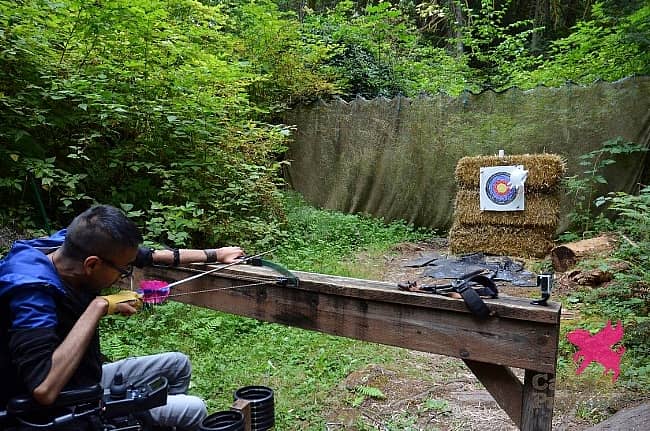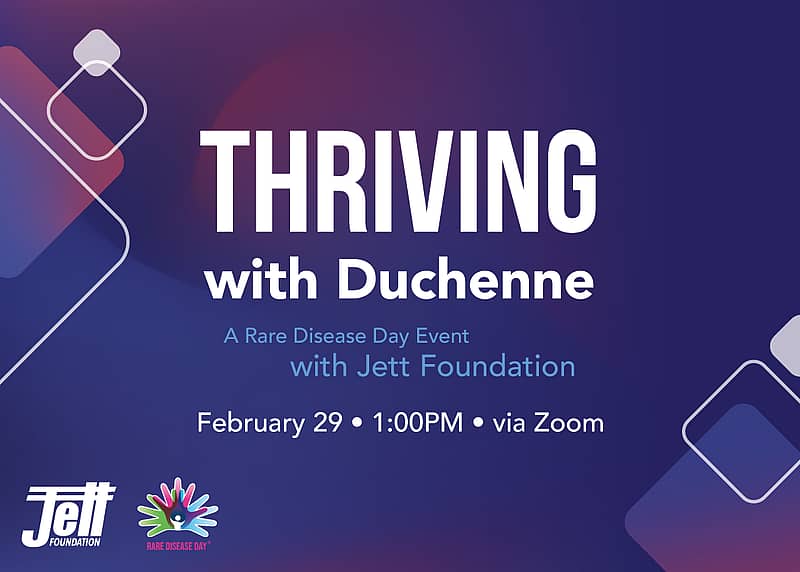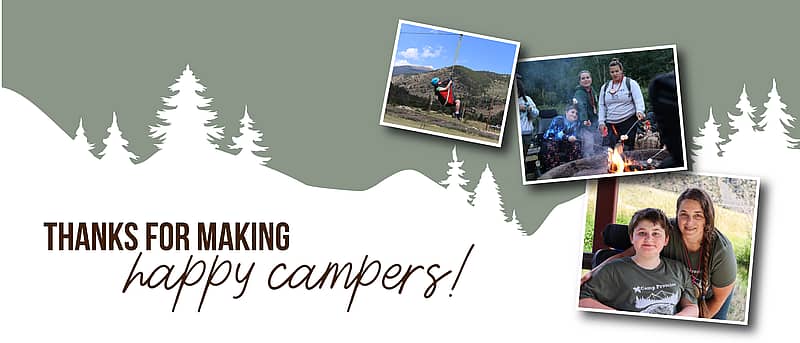
In honor of today being National Archery Day, we’re excited to share with you the story of Amin Lakhani, who discovered a passion for archery at camp. Since shooting his first-ever bow last summer at Camp Promise-West 2016, Amin has continued his newfound, hobby year-round. Below you’ll find an interview we did with Amin in which he shares his experience, training routines, and advice for others on how they, too, can become an archer.
Camp Promise: To begin, why don’t you tell us about yourself?
Amin: I’m 28, I live outside of Seattle, WA and for fun I like to play board games, hang out with friends, and now, go to archery.
Camp: How long have you been involved in archery and where did you discover the sport?
Amin: I tried archery for the first time at Camp Promise-West in 2016 and now I do it weekly. At camp, one of the volunteers helped me rest the bow on a wooden block so that I could shoot an arrow. I loved it immediately, it just felt so powerful. I’ve never felt like I had done something so raw and powerful, and so similar to the Green Arrow.
“I had never thought I would be able to do it before, and I was just so thrilled that I could experience it. It was like a whole new world had been opened up.”
Camp: What motivated you to keep up with archery even after the conclusion of Camp Promise-West last summer?
Amin: I really enjoyed it, and I missed it. I also thought it would be a good workout, and source of motivation. I keep coming back to it because it is good exercise, it is fun, and I can see my skill improving, slowly but surely. My archery coaches at Next Step Archery also keep pushing me and coming up with new challenges to keep it interesting.
Camp: Tell us about adaptive archery. How is it different and are there any modifications you use?
Amin: A lot of archery and adaptive archery it is the same, in terms of distance and equipment, but yes, there are some modifications. I don’t have a lot of wrist strength, so I use a wrist brace that locks my wrist into place, and I also use a trigger to release the arrow, which is actually not adaptive equipment. It’s used by some of the most skilled archers, because it gives them a more natural release than using their fingers. I actually use a kids bow because the spot where I hold it is better fitted for my hand, and it’s lighter weight, and easier to pull back. Once I build up enough strength, I hope to move to a stronger bow. For now I like the yellow color, because I like my bow to stand out and be my own. I use a Bear Archery Flash Youth Bow.
Camp: How much time do you spend each day/week/month shooting?
Amin: I spend an hour and a half every week at an indoor archery range. I also spend about 10 minutes every day using a resistance band to work on building up the muscles I need for archery.
Camp: What does a typical practice session for you look like?
Amin: I get to the range, chat with my coach, Darrin, for a bit, and then he helps me get the wrist brace on and straps my hand to the bow. Then he puts the trigger on my other hand and I shoot a bunch of arrows. Darrin retrieves them for me and we keep doing that for about an hour and a half, or until I get so tired that my aim gets really off. I’m usually chatting with Darrin throughout the session. He also takes pictures of me, for me to share while I’m shooting.
Camp: To the casual observer, archery looks like a fun childhood past time, but we know it’s way more than that. Can you tell us about the technical aspects of the sport?
Amin: Honestly, I’m still learning them. It’s mostly fun, but there is proper form, like you want to engage your back muscles into the shot. Firing the bow without the arrow can seriously damage the bow because all of the energy gets transferred into the bow legs instead of out to the arrow. This is called “dry firing” and any time anyone hands a novice a bow they are always warned about it. There are also points on a target, and various distances that you shoot from. The bow has to be fitted to the shooter for draw length, which is how long the distance is between your arms. When you shoot, you don’t want to just pull back and fire, you actually want to bring the bow string back to a consistent spot every time you shoot, and you often don’t aim at the center of the target, you aim at the center with an adjustment for where your last arrow hit the target. So if you aimed at the center and you were three inches to the right of the center, then you want to aim three inches to the left.
Camp: Do you have any archers or coaches that inspired you?
Amin: Yeah, Tess at Camp Promise-West. She was so helpful, but was also very knowledgeable and was genuinely there to share her love of archery. Conner at Camp Promise-West was also great, he would let me shoot as long as I wanted, even if it meant he was going to be late to lunch. Darrin, one of my coaches at Next Step Archery, really enjoys helping other people experience archery, including disabled veterans, patients with tough conditions, and children. He’s always telling me about events he’s planning to enable more people to experience archery, who didn’t think they could. He was also the only one that responded super enthusiastically when I emailed a bunch of archery ranges to see if they could help me shoot. And, Keith, my second coach at Next Step Archery, is also a ton of fun to be around. He shoots with one arm due to a military injury and he’s always joking around with everyone. I appreciate how he always says “Of course you can!” whenever I have any doubts about my skill or abilities. I’ve learned to be careful about what I say, because he will make me try it right then and there!
Camp: Have you shared your newfound passion with anyone else?
Amin: Yes, I have. I’ve brought a bunch of friends, my 10 and 13 year old cousins, my mom, and a girl I was dating. They came with me during my regular archery time, and got to learn how to shoot from Darrin. They all really enjoyed it.
Camp: Do you have a current archery rivalry with anyone?
Amin: Not presently, but that would be really fun! Wednesday evenings at Next Step Archery are open for anyone with a disability to come learn and shoot, so if you’re interested, come join me!
Camp: What is your most memorable archery moment?
Amin: When I first fired an arrow at Camp Promise-West. I had never thought I would be able to do it before, and I was just so thrilled that I could experience it. It was like a whole new world had been opened up. I could do something physically challenging and I could work on it and get better.
Camp: Have you thought about competing or joining a league?
Amin: Yes, my coaches are very supportive and encouraging and I’m sure at some point I will enter a competition just to experience it. They have competitions for archers with disabilities that use all sorts of adaptive equipment, which is really cool. The sport is very inclusive.
Camp: What advice do you have for other campers who might also want to dive into archery above and beyond archery at camp?
Amin: Definitely go for it, but be very very patient. I had to contact several archery ranges before I found one that was capable of helping me, and I had to try all sorts of equipment before I found the right combination of equipment that enables me to shoot comfortably. Just remember that it takes time to dial it in. I just got to the point where I am feeling good about my equipment and I’ve been practicing for about 3 months. There were days where I would really struggle to shoot anywhere near the target, because something was off in my equipment. Small tweaks to the equipment can make huge changes to the comfort and accuracy of your shot.
So overall, don’t let your discouragement stop you from practicing. Also, it helps to research stuff on your own. I found my bow and my wrist splint online, and just brought it to my coach, who was able to help me adjust it and make it work for me. Remember that you are the expert on your condition, and to use the time when you’re not practicing to look for things that might help you the next time that you can practice.
Thanks, Amin, for sharing your passion for archery with us!
–Post by Libby Brockman






